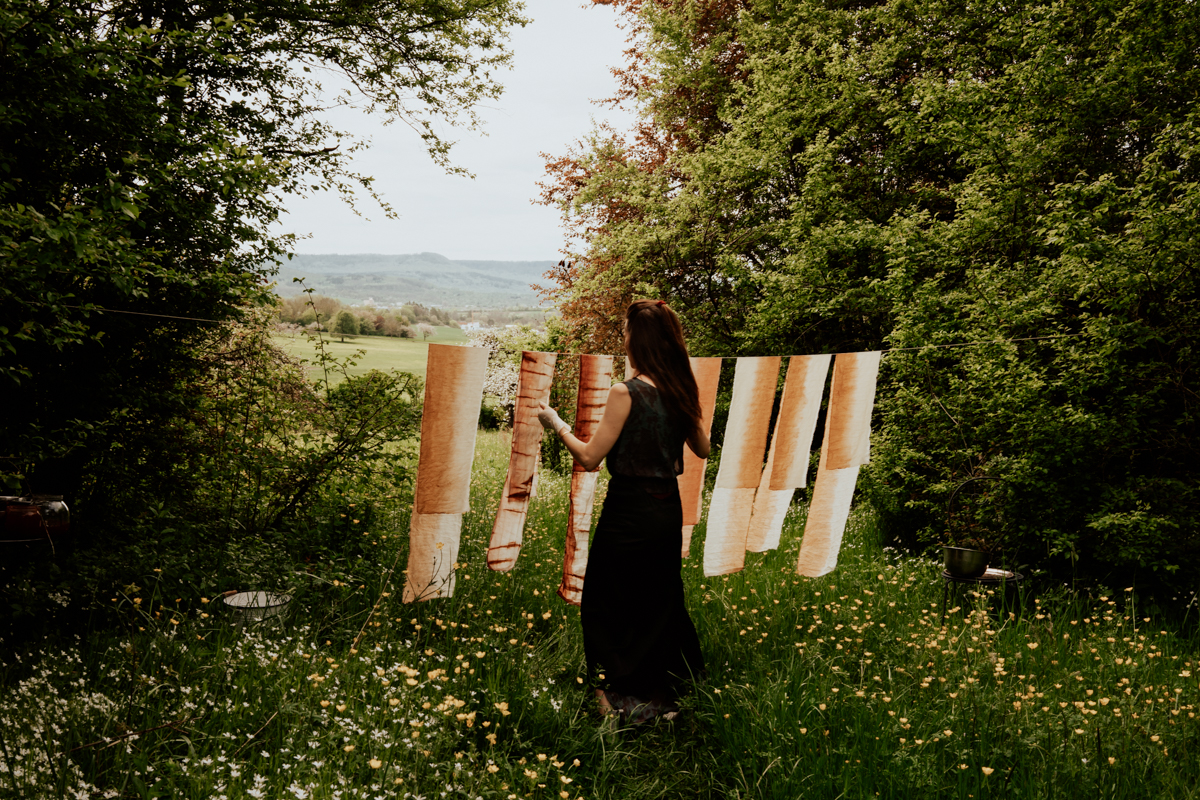°•☆• A few weeks ago, I photographed Dr. Yvonne Reyhing in Metzingen who is a parenting coach! I mean, what a fabulous idea: there are life coaches, business coaches, fitness coaches, … – but where are the coaches for the super important task of being a good parent? I`ve never thought about it until I photographed Yvonne but I mean doing some parenting coaching when learning to raise kids makes total sense!!
It`s great that there are specialist coaches for so many areas in our lives now and we should not hesitate to get help even if we don`t feel that we are exactly drowning in issues – coaching is great for preventing issues in advance, too. It can save us from a lot of headaches and it`s fun.
If we want to learn tennis or golf we would take lessons – and it`s not even crucial for the outcome of our life if we turn into good tennis players. But our parenting skills will certainly define our lives and the life of our kids big time! Well, I`m certainly glad that I know of Yvonne now, because if parenting should become a thing for me at some point I`m gonna book some parenting coaching Btw she also puts a lot of practical tips and advice on her Instagram and blog – @dryvonnereyhing/www.dryvonnereyhing.de
Erziehungscoach Dr. Yvonne Reyhing in Metzingen
Vor einigen Wochen habe ich ein Portrait von Dr. Yvonne Reyhing in Metzingen fotografiert, die ein Erziehungscoach ist! Also, was für eine super Idee: es gibt Lifecoaches, Business Coaches, Fitness Coaches,… – aber wo sind die Coaches für die superwichtige Aufgabe „gute Eltern sein“? Ich habe nie darüber nachgedacht, bis ich Yvonne fotografiert habe, aber hey, Erziehungscoaching zu buchen, wenn man gerade lernt ein Kind zu erziehen, macht doch total Sinn!
Es ist so gut, dass es inzwischen so viele speziell ausgebildete Coaches für fast alle Lebensbereiche gibt! Wir sollten auf keinen Fall zögern, diese Hilfe in Anspruch zu nehmen – auch wenn wir nicht das Gefühl haben in Problemen unterzugehen, denn Coaching ist auch super, um Probleme gar nicht erst entstehen zu lassen. Es kann uns vor vielen Kopfschmerzen bewahren und es motiviert und macht Spaß!
Wenn wir Tennis oder Golf lernen wollten, würden wir ja auch Trainingsstunden buchen – und es noch nicht mal so besonders wichtig für unser Leben, ob wir jetzt supergute Tennisspieler werden. Aber unsere Fähigkeiten als Eltern haben auf jeden Fall einen großen Einfluss auf unser Leben und das unserer Kids! Jedenfalls bin ich froh, dass ich jetzt von Yvonne weiß – falls Elternsein mal ein Thema für mich werden sollte, werde ich auf jeden Fall Erziehungscoaching buchen Übrigens macht sie auch viele praktische Tips auf ihr Instagram und ihren Blog – @dryvonnereyhing / www.dryvonnereyhing.de o •°☆•






















































































